Looking for the best dill substitutes? Whether you're making pickles, salmon, or creamy dips, here are the top 10 alternatives that will save your recipe without compromising flavor. Each substitute has been carefully selected based on flavor compatibility, usage scenarios, and professional chef recommendations.
Why Dill Is Special
Dill is one of those herbs that's hard to pin down in terms of flavor—it's earthy, citrusy, and a bit like licorice, but with a lighter, fresher finish. It pairs beautifully with fish, especially salmon, as well as potatoes, cucumbers, sour cream, and creamy dressings.
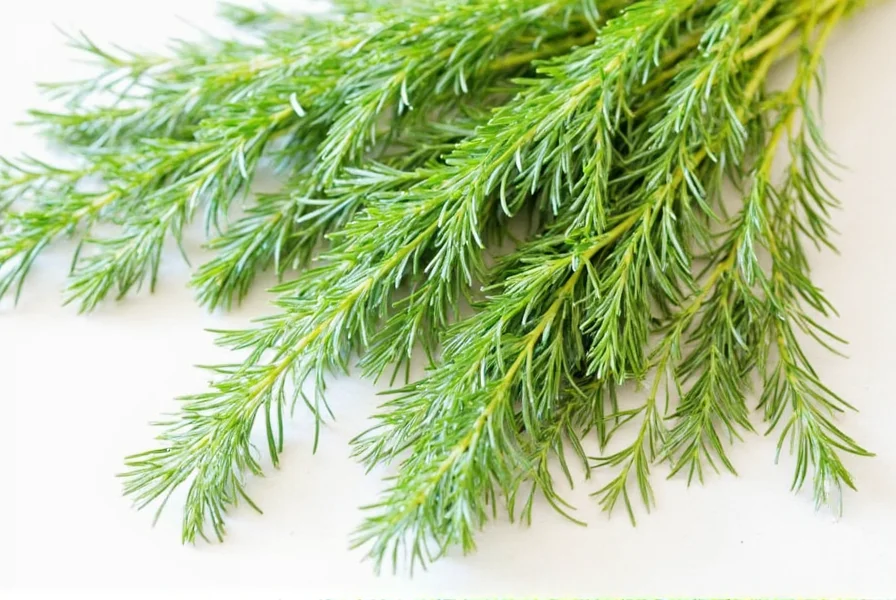
Fresh dill has a more delicate aroma, while dried dill is stronger and less volatile. The challenge with substituting dill is replicating that balance between herbaceousness and mild bitterness without going overboard.
Top Substitutes for Dill
Whether you're making a zesty dip, a tangy pickle, or a fragrant seafood dish, here are ten of the best dill substitutes, along with when and how to use them:
- Tarragon – Best for creamy sauces and fish dishes. Has a mild anise flavor that complements seafood well.
- Fennel Fronds – Perfect for salads and seafood. Offers a similar texture and mild anise flavor to dill.
- Cilantro – Adds brightness and works well in salsas and Asian-inspired dishes. Use less than dill as it has a stronger flavor.
- Parsley – Milder than dill but great in soups and stews. A good all-purpose substitute when you need a neutral herb.
- Basil – Best used fresh, especially in Mediterranean recipes. Adds a sweet, floral note to dishes.
- Chervil – A milder cousin of parsley with anise notes. Ideal for French cuisine and delicate dishes.
- Oregano – Use sparingly in heartier dishes. Has a stronger, earthier flavor than dill.
- Thyme – Works well in roasts and hearty casseroles. Adds depth but is not a direct substitute.
- Dried Tarragon – Good for long-cooking dishes. Has a more concentrated flavor than fresh.
- Caraway Seeds – Offers a similar licorice note (use ground or whole in breads and pickles). Best for savory dishes.
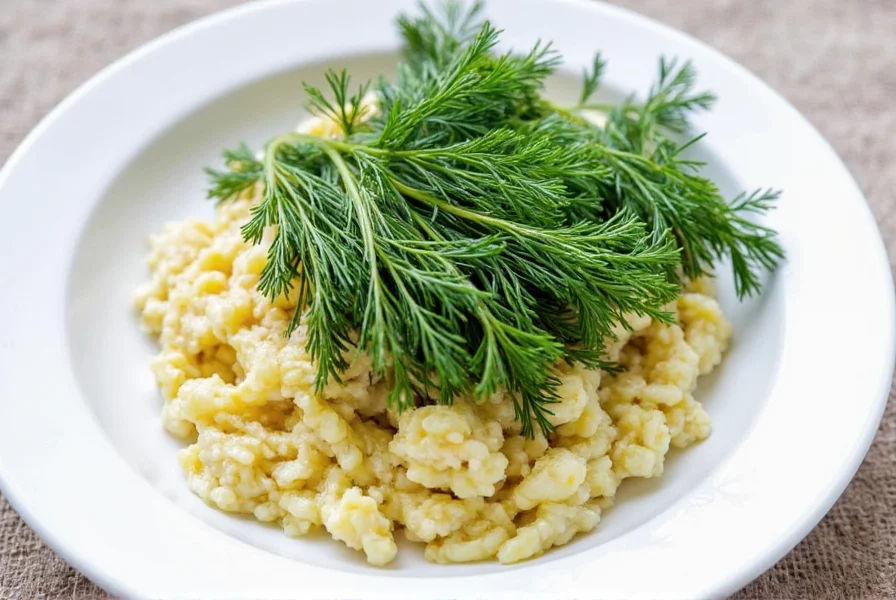
Herb Comparison Table
| Substitute | Flavor Profile | Best Used In | Notes |
|---|---|---|---|
| Tarragon | Anise/licorice, mild sweetness | Sauces, dressings, fish | Use sparingly; stronger than dill |
| Fennel Fronds | Light anise, crisp | Salads, seafood, pickles | Similar texture and flavor |
| Cilantro | Earthy, citrusy, bold | Mexican, Asian, salsa | Stronger flavor; adjust quantity |
| Parsley | Grassy, neutral | Soups, stews, garnish | Less aromatic than dill |
| Basil | Sweet, minty, floral | Pesto, pasta, tomatoes | Fresher tasting than dried dill |
| Chervil | Mild anise, soft | French cuisine, omelets, fish | Delicate flavor; use fresh |
| Oregano | Earthier, bolder | Italian, Mexican dishes | Stronger; use half amount |
| Thyme | Woody, earthy, subtle lemon | Roasts, stews, meat dishes | Not a direct substitute but adds depth |
| Dried Tarragon | Concentrated anise | Slow-cooked meals, marinades | More intense than fresh |
| Caraway Seeds | Peppery, licorice-like | Breads, rye, sauerkraut | Use sparingly; grind if needed |
When to Use Each Substitute
Here's a quick breakdown to help you choose the best dill alternative based on your recipe type:
- Fish & Seafood: Tarragon, Fennel Fronds, Chervil
- Dips & Dressings: Cilantro, Basil, Parsley
- Pickles & Salads: Caraway Seeds, Fennel Fronds, Cilantro
- Stews & Roasts: Thyme, Oregano, Tarragon
- Pasta & Rice Dishes: Basil, Parsley, Chervil
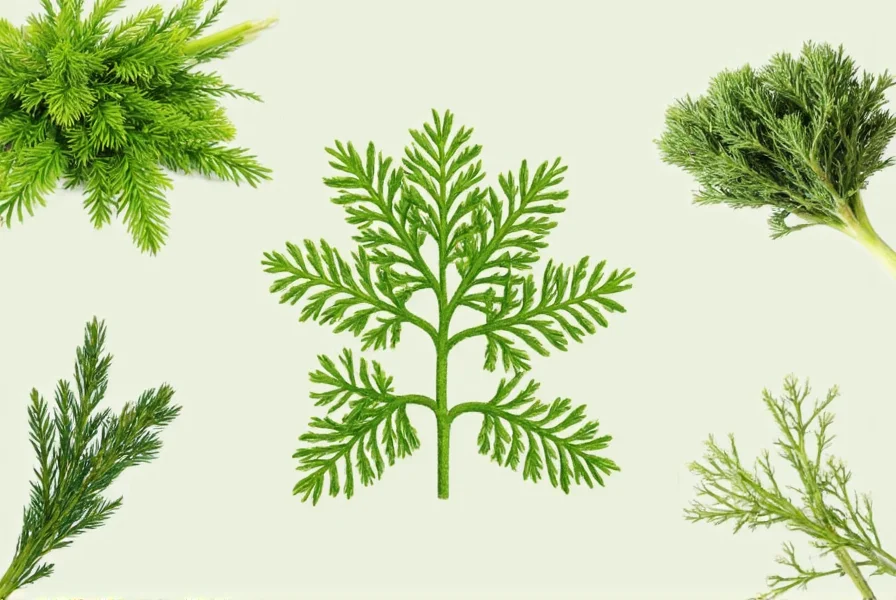
Storage Hacks for Fresh and Dried Dill
Want to make sure you never run out of dill again? Here are some smart storage hacks to keep your dill fresh longer:
- Fresh Dill Storage: Treat it like fresh flowers. Trim the ends and place in a glass of water. Cover loosely with a plastic bag and refrigerate. Will last up to a week.
- Freezing Fresh Dill: Chop and freeze in ice cube trays with olive oil or water. Great for soups and stews!
- Drying Dill: Hang bunches upside down in a dry, airy place. Once dry, store in an airtight container away from light.
- Dried Dill Tips: Store in a cool, dark cupboard. Label with the date—dried herbs last about a year before losing potency.
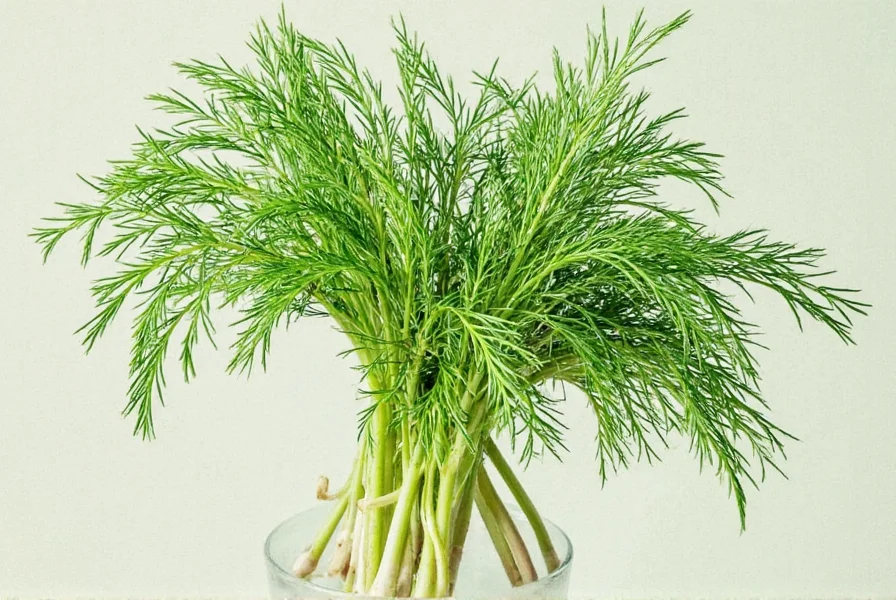
Where to Find Dill Alternatives
Most dill substitutes are readily available at local grocery stores, farmers' markets, and online retailers. Here's what to look for:
- Tarragon: Found in the fresh herb section or dried spice aisle. Look for bright green leaves with a distinct anise aroma.
- Fennel Fronds: Often sold with the fennel bulb in the produce section. The feathery green tops are the fronds.
- Cilantro: Available fresh in the produce section or dried in the spice aisle. Look for vibrant green leaves without yellowing.
- Organic Dried Tarragon: Available in the spice section of most grocery stores. Look for brands with a strong, aromatic scent.
- Caraway Seeds: Found in the spice aisle. Look for whole seeds with a distinct, slightly sweet aroma.
Creative Uses for Dill (or Its Substitutes)
Don't just stick to the basics—here are some fun and creative ways to use dill or its substitutes in your everyday cooking:
- Dill Salt: Mix chopped dill with coarse sea salt for a flavored finishing salt.
- Herbed Butter: Blend softened butter with tarragon or fennel fronds for a fancy steak topping.
- Infused Oil: Steep caraway seeds or tarragon in olive oil for a unique base for salad dressings.
- Marinade Magic: Use cilantro or parsley in a citrus-based marinade for grilled chicken or shrimp.
- Flavored Vinegar: Add fennel fronds or chervil to white wine vinegar for a homemade pickle liquid or vinaigrette.
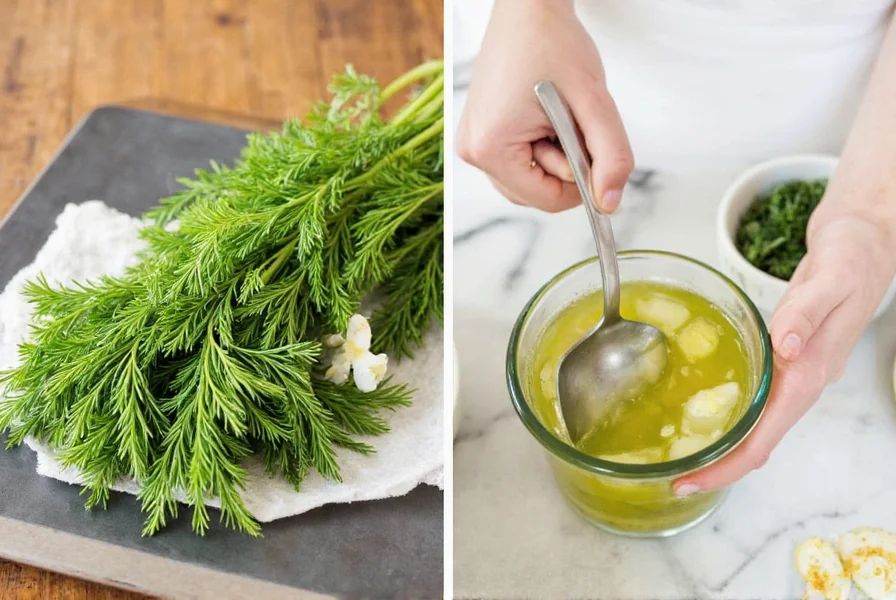
Frequently Asked Questions About Dill Substitutes
What's the best substitute for dill in pickles?
According to culinary experts, fennel fronds are the closest substitute for dill in pickles, as they have a similar texture and mild anise flavor. Caraway seeds also work well, especially in traditional fermented pickles, as they provide that distinctive tangy-licorice note that complements vinegar brines.
Can I substitute dried dill for fresh dill, and what's the ratio?
Yes, you can substitute dried dill for fresh dill, but use about one-third the amount. The general rule is 1 teaspoon of dried dill equals 1 tablespoon of fresh dill. Dried dill has more concentrated flavor since the moisture has been removed, so you need less.
What's the best dill substitute for fish dishes?
Professional chefs recommend tarragon as the best substitute for dill in fish dishes, particularly salmon. It has a similar mild anise flavor that complements seafood without overpowering it. Fennel fronds and chervil are also excellent alternatives for fish recipes.
Can I use dill weed instead of dill seed or vice versa?
While both come from the same plant, dill weed (the leaves) and dill seed have very different flavors and uses. Dill weed is fresh and grassy, while dill seed is stronger, more pungent, and has a pronounced caraway-like flavor. They're not direct substitutes. If substituting seed for weed, use about 1/2 teaspoon dill seed for 1 tablespoon dill weed, but be aware it will change the flavor profile significantly.
Which dill substitute works best in creamy dressings and dips?
For creamy dressings and dips, tarragon or chervil make the best dill substitutes as they have similar delicate flavors that blend well with dairy. Parsley can also work but is milder, so you might need to use a bit more. Cilantro works well in yogurt-based dips but has a stronger flavor profile.
Can I combine multiple dill substitutes for better flavor?
Absolutely! Combining substitutes often creates a more complex flavor that better mimics dill. For example, try mixing parsley (for the grassy note) with a small pinch of caraway seeds (for the licorice undertone). In creamy sauces, a combination of tarragon and chervil can closely replicate dill's distinctive profile.
Conclusion
Running out of dill doesn't have to spell disaster in the kitchen. With these ten clever dill substitutes, you'll always have a flavorful Plan B. Whether you're cooking fish, dressing a salad, or whipping up a tangy dip, there's a suitable replacement waiting in your pantry or fridge.
And remember, proper storage is key to avoiding future panic moments. So stock up on a few alternatives, experiment with flavors, and don't be afraid to mix things up!
Happy cooking—and may your spice rack never run dry again!

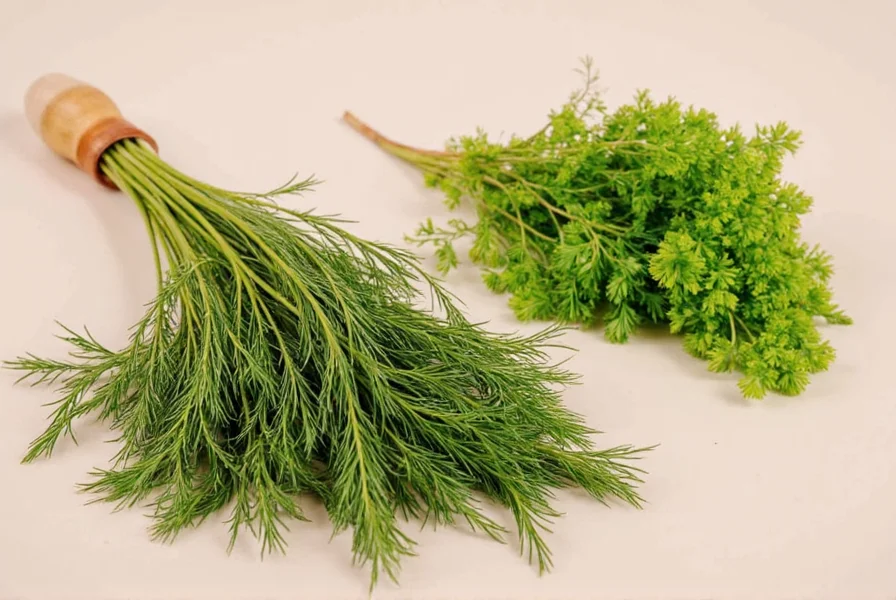









 浙公网安备
33010002000092号
浙公网安备
33010002000092号 浙B2-20120091-4
浙B2-20120091-4